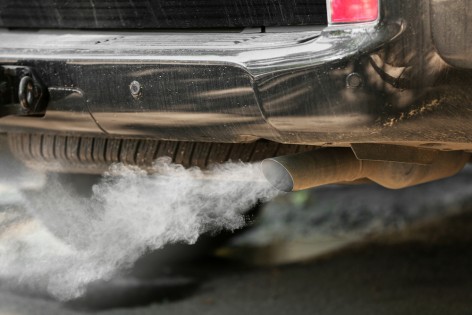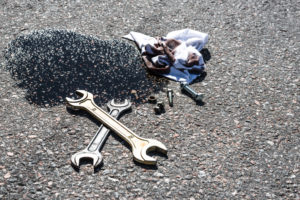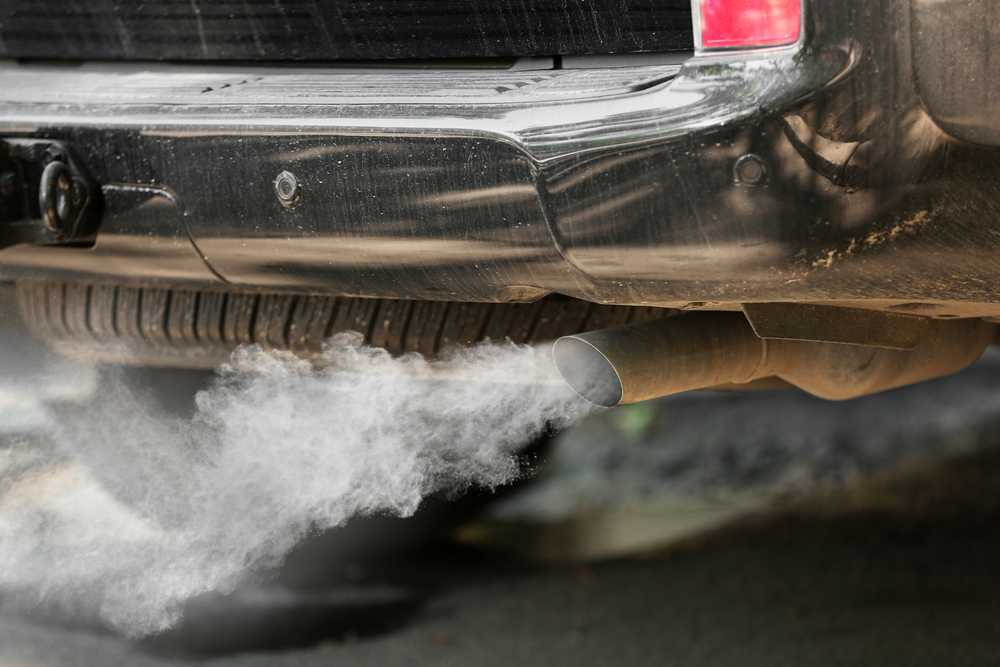OIL LEAK CAUSES AND HOW TO FIX THEM
Yes, it’s easier to just ignore the small puddle of oil forming under your car. Or pretend that burnt oil smell is not coming from your engine. And is that blue smoke coming out of your tailpipe?

Yes, it’s easier to just ignore the small puddle of oil forming under your car. Or pretend that burnt oil smell is not coming from your engine. And is that blue smoke coming out of your tailpipe?

Oil leaks are something you cannot afford to ignore. It doesn’t always take a trained mechanic to figure out what causes engine oil leaks. A little hunting can reveal a lot, just don’t put it off or it can cause damage to your engine.
IS YOUR CAR LEAKING OIL? FIX IT TODAY WITH NO LEAK.
Leaks left unchecked can get on rubber hoses or seals and cause them to degrade prematurely. Leaking oil can cause ugly stains on your driveway and are an environmental hazard. And worst of all, engine oil leaks are a fire risk in your engine compartment and can result in catastrophic engine failure at the worst possible time, not that there is a good time for catastrophic engine failure. So fixing oil leaks should be your number one priority.

To check for engine oil leaks keep a close eye on your oil dipstick. If the level drops over time you’re losing oil. While driving, check and see if blue smoke is coming from the tailpipe. Blue smoke means oil might be leaking into the engine itself. After a drive, take a sniff to smell for burning oil. This could mean oil is leaking onto hot components of the engine itself. Lastly, check for the classic oil stains or puddle under the engine compartment, especially after it’s been sitting overnight.
Should you find a puddle under the engine, look a little closer. If the liquid is red it’s probably transmission fluid. If the liquid is green or orange and has a sweet smell, coolant is the culprit. Brown fluid will indicate an engine oil leak.
SO WHAT CAUSES ENGINE OIL LEAKS?
We’re glad you asked. The vast majority of leaks are due to degraded engine gaskets, oil pan leaks, oil seals or bad connections. Crawl under the car and check the oil pan seals. While you’re there also check the oil pan drain plug. Next check the timing cover seal and the valve cover gaskets. Problems here can require extensive repairs that are not cheap. Don’t panic! You can always try fixing oil leaks yourself first. It’s not hard. Here are a few options.
OIL LEAK REPAIRS AT HOME
The most cost-effective and easiest place to start fixing oil leaks yourself is by using a stop leak additive. Once No Leak is inside your vehicle, your chosen additive softens and conditions rubber seals to safely stop and prevent automotive leaks. It’s best used when engine oil leaks are first detected but is still effective on leaks that have been there awhile.
The next solution is to grab a torque wrench and check for loose bolts starting with the oil pan. Bolts can loosen over time. When the oil pan seems snug move to the timing belt cover then the valve covers. Just note that each car model requires you to tighten bolts in a specific pattern and to a certain tolerance. Most auto parts stores can provide you with these specifications.
A leak of any kind should be addressed immediately, but an engine oil leak even more so. Knowing what causes engine oil leaks will help you know where to look and how to start fixing it yourself. Don’t ignore it, or hope it fixes itself. Be proactive. Protect and preserve your vehicle’s performance so you can keep it on the road where it’s meant to be.